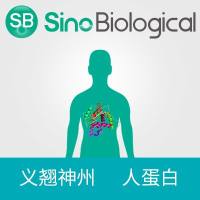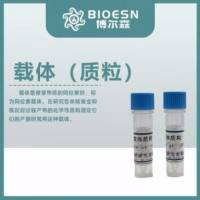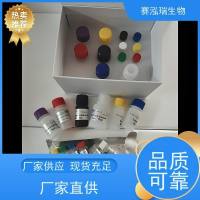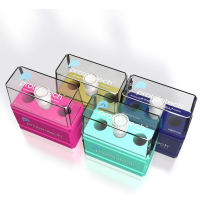Cellular and Transgenic Models of Familial Prion Diseases
互联网
414
Prion diseases are fatal neurodegenerative disorders of humans and animals, which result from the conformational conversion of a normal, cell surface glycoprotein (PrPC ) into a pathogenic isoform (PrPSc ) that is the main component of infectious prions (1 ,2 ) . Familial prion diseases, which include 10% of the cases of Creutzfeldt-Jakob disease and all cases of Gerstmann-Str�ussler syndrome and fatal familial insomnia, are linked in an autosomal dominant fashion to point and insertional mutations in the PrP gene on chromosome 20 (3 ,4 ). These mutations are presumed to favor spontaneous conversion of PrP to the PrPSc state. One way to experimentally model familial prion diseases is to express PrP molecules carrying disease-associated mutations in either cultured mammalian cells or transgenic mice. The authors review their own work using these two kinds of model systems, which have provided complementary information about the PrPC?PrPSc conversion process, and about the pathogenic effects of mutant PrP.









